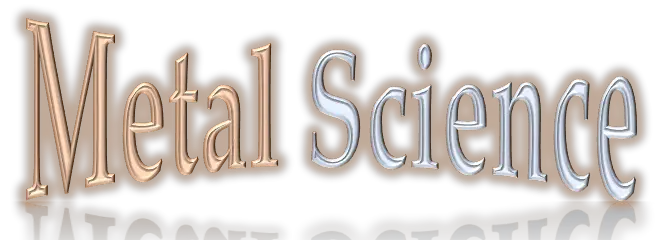What is the Difference between Stainless Steel and Carbon Steel?
Stainless steel is a type of steel that has had chromium and other alloying elements such as nickel added to it.
It is also known as inoxidable since it is resistant to oxidation and so ‘inoxidable.’ Iron oxidises when exposed to oxygen, causing it to rust; however, chromium may be exposed to oxygen without undergoing this process.
As a result, stainless steel is treated with a chromium coating to provide a barrier between ambient oxygen and the metal’s iron content. This makes it’stainless,’ as it resists corrosion and rust.
Carbon steel, on the other hand, contains significantly less chromium and is instead a carbon-iron alloy with just a few additional components, if any, as part of its composition.
As a result, it is known as ‘low-alloy’ steel. This basic composition is shared by both stainless steel and carbon steel, however carbon steel is distinguished by its carbon content. This is usually about 2-2.5 percent, although it fluctuates a lot.
Carbon steel, unlike stainless steel, is vulnerable to corrosion and has varied mechanical qualities dependent on carbon content.
Low-carbon steels are weaker and softer, but can be easily machined and welded; high-carbon steel is stronger, but substantially more difficult to manufacture.
Is carbon steel better than stainless steel?
For cutting, carbon steels are better. For corrosion resistance and appearance, stainless steels are better.
Carbon steel is typically stronger than stainless steel but is often brittle than stainless steel.
Carbon steel is more prone to corrosion than stainless steel. it is the best material for tools and long blades (swords, machetes, axes, etc.) as well as bushcraft.
Stainless steel is preferred for knives and cutlery because it is easier to care for and more dependable (it bends before breaking).
Carbon steel rusts because it lacks the corrosion-resistant characteristics of stainless steel. Carbon steel, while stronger and more durable than stainless steel, may rust and corrode when exposed to moisture.
Even trace quantities of moisture, such as moisture vapor in the air, can cause carbon steel to rust. Furthermore, carbon steel is less ductile than stainless steel.
What is more expensive, stainless steel or carbon steel?
In general, stainless steel is more expensive than carbon steel. This is because stainless steel contains chromium, which is a more expensive element than carbon.
Additionally, stainless steel is more resistant to corrosion than carbon steel, making it a more desirable option for many applications. However, the price of stainless steel can vary depending on the specific grade and type of steel.
Carbon steel, on the other hand, is composed primarily of iron and carbon. It may also contain other trace elements, such as manganese, silicon, or sulfur.
However, these elements are typically found in much lower concentrations than in stainless steel. As a result, carbon steel is generally less expensive than stainless steel
Because carbon steel is far cheaper than stainless steel, stainless steel is only utilized in industry when absolutely essential.
For example, the food and pharmaceutical industries; the oil business when it is cost effective; and surgical equipment in healthcare.
Is carbon steel stronger than stainless steel?
Carbon steel is stronger and more durable than stainless steel, making it a better choice for tools and long blades.
It can also withstand high temperatures. However, although carbon steel is stronger and more durable than stainless steel, it may rust and corrode when exposed to moisture. Carbon steel may rust even in little amounts of moisture, including moisture vapor in the air.
Stainless steel is less strong than carbon steel, but it is more corrosion resistant. This makes it a better choice for applications where corrosion is a concern, such as wet environments or foodservice.
Stainless steel is also easier to care for than carbon steel, and it will not rust if left untreated.
